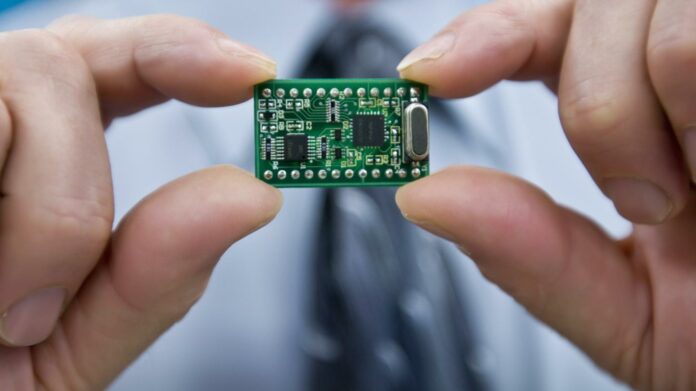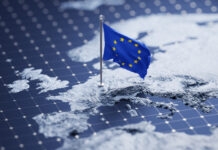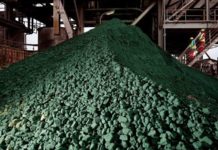
CLIMATE change could disrupt 32% of global semiconductor production by 2035 through copper supply shortages, quadrupling current risk levels, according to a PricewaterhouseCoopers report released Tuesday.
In a report by Reuters, the advisory firm warned that drought conditions will affect most of the 17 countries supplying copper to the chip industry within the next decade, creating widespread vulnerability across all major semiconductor manufacturing regions.
“It cost the U.S. economy a full percentage point in GDP growth and Germany 2.4%,” said PwC project lead Glenn Burm, referencing the economic impact of the last global chip shortage that paralysed automotive production and other chip-dependent sectors during the pandemic.
Chile, the world’s largest copper producer, already faces water shortages that are slowing production. PwC estimates 25% of Chile’s copper output currently faces disruption risks, escalating to 75% within a decade and potentially reaching 90-100% by 2050.
The threat extends beyond Chile to copper producers across China, Australia, Peru, Brazil, the United States, Democratic Republic of Congo, Mexico, Zambia and Mongolia, leaving no chipmaking region unaffected.
Copper remains irreplaceable in semiconductor manufacturing, forming the billions of microscopic wires within every chip’s circuitry, said Reuters. Despite ongoing research into alternatives, no material currently matches copper’s price-performance combination, the newswire said.
The risk will intensify without materials innovation adapted to climate change and improved water security in affected nations. PwC projects that approximately half of every country’s copper supply faces disruption by 2050, regardless of global carbon emission reduction speeds.
Chile and Peru have implemented water conservation measures including enhanced mining efficiency and desalination facilities. While PwC considers these efforts exemplary, landlocked countries lack access to similar seawater-based solutions.











